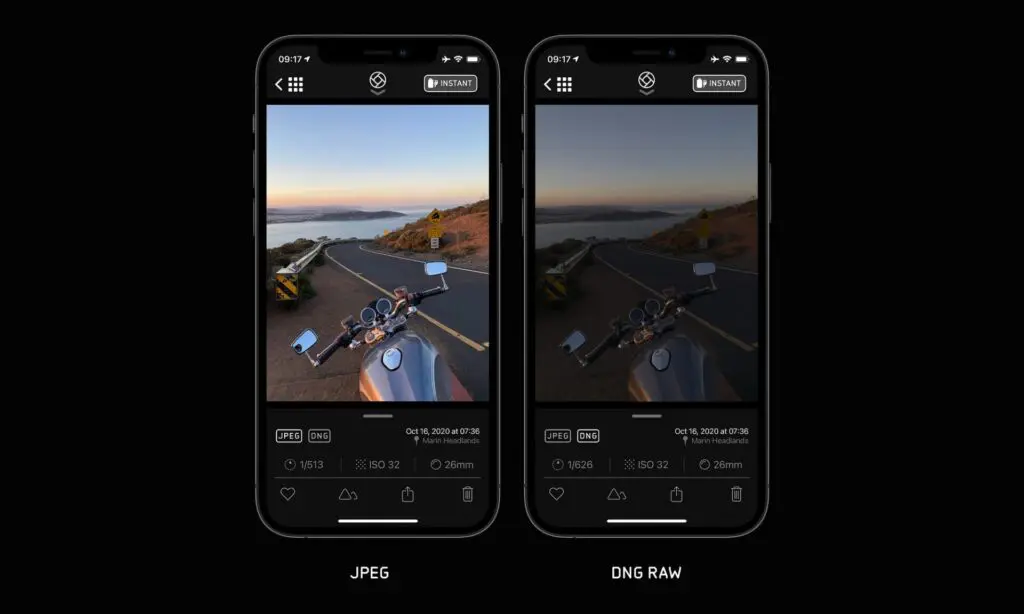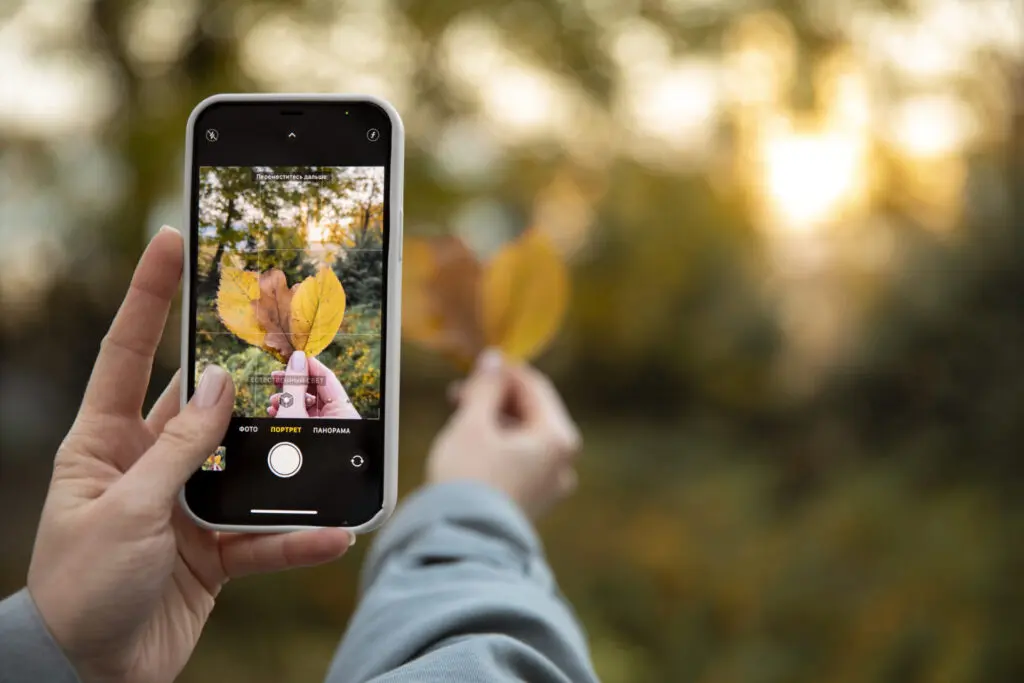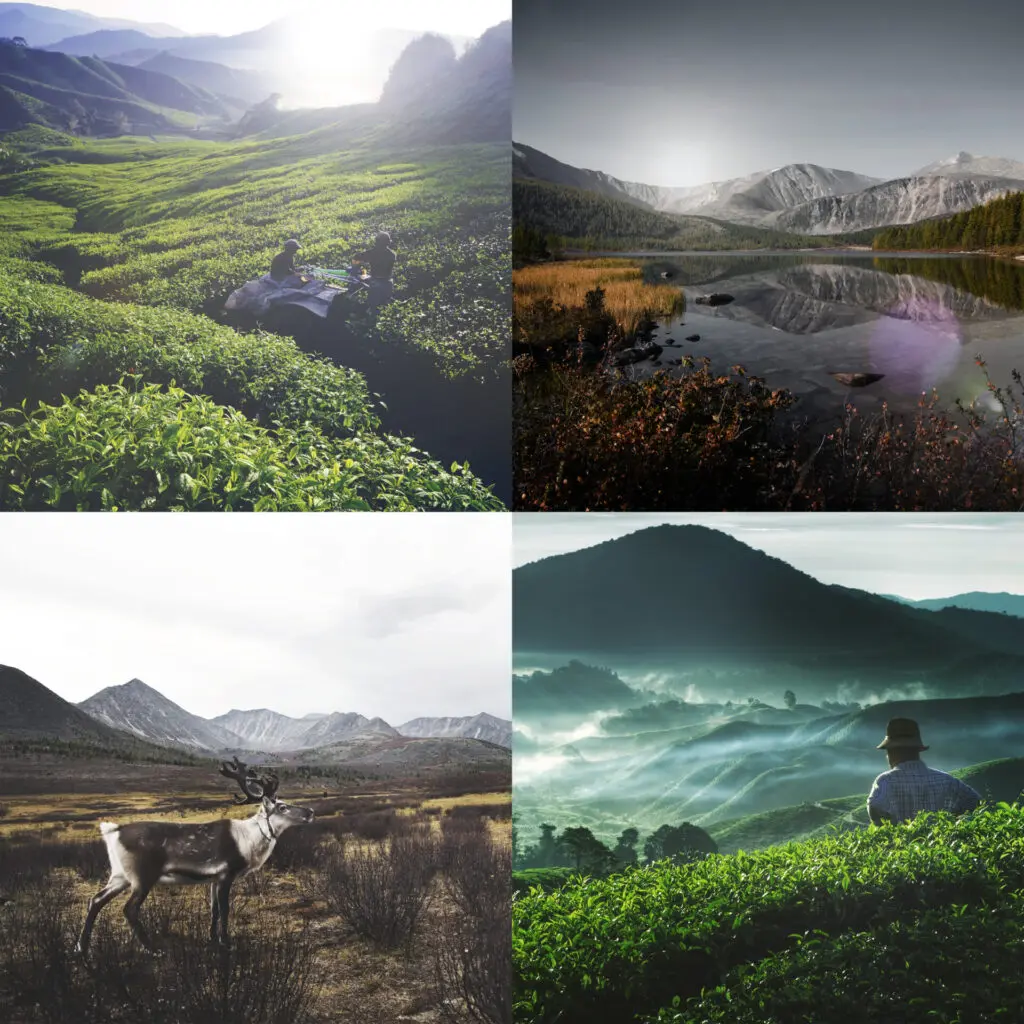7 Effective Social Media Marketing Strategies for 2024
Crafting a Winning Marketing Plan for 2024: 7 Key Steps
Creating a winning marketing plan is crucial for any business looking to succeed in the competitive market of 2024. A well-crafted marketing plan serves as a roadmap for your marketing efforts, helping you to achieve your business goals and stay…
Must-See Top WordPress Websites Leading the Industry in 2024
As web development keeps changing, WordPress remains one of the top choices for creating websites. Its flexibility, ease of use, and ability to handle websites of all sizes make it a popular choice. Many people use it to showcase their…
Photographer Salary:10 Exciting Factors That Impact Earnings
Explore the unexpected factors that impact photographer salary. Understand how industry trends, specialized skills, geographical location, and the quality of their portfolio influence earnings. Stay informed about emerging trends in photography, such as the demand for drone or virtual reality expertise, which can command higher pay rates. Location plays a significant role, with photographers in high-cost cities often setting higher fees to maintain their standard of living. A robust portfolio showcasing a photographer’s best work is important for attracting well-paying clients who value creativity and professionalism. By grasping these dynamics, photographers can strategically position themselves for higher photographer salary earnings, aligning their skills with market demands and client expectations in a competitive industry.
Photographer Salary : Industry Trends and Demand
Understanding industry trends and market demand is important in determining a photographer salary. For instance, with the advent of social media, there has been a need for photographers who can create relevant, engaging materials for businesses and individuals.
Generally, photographers who excel in creating content for social media make more than their counterparts in traditional photography. This could be because of the strong demand for captivating images that engage online audiences. The booming e-commerce industry skyrocketed the need for quality images of products. In this case the way things are changing toward these trends and meeting clients’ expectations, one is bound to get better pay compared to working only in traditional markets.
The more recent, specialized fields, such as virtual reality and drone photography, have also had an impact on this, and 360-degree photography; these are in very high demand today. Photographers in these areas are in high demand and usually command a higher rate of salary compared to those specialized in traditional photography. On the other end of the scale, photographers handling less popular fields, such as fine art photography, find it hard to command a high earning threshold due to the generally low levels of demand in the market. Photographer Salary
City and Country Salary
The location where a photographer is based can have a significant impact on their salary. Cities with a high cost of living, such as New York or Los Angeles, tend to have higher salaries for photographers than smaller towns or cities with a lower cost of living. In these cities with high costs of living, photographers often find it necessary to set higher rates in order to sustain a satisfactory standard of living. The higher expenses related to housing, utilities, and other daily necessities encourage photographers to adjust their pricing accordingly to ensure their income covers these costs adequately.
Photographers based in countries characterized by a high cost of living, such as Switzerland or Norway, tend to command higher salaries. This is largely due to the increased expenses associated with everyday living in such regions. Clients are generally willing to pay more for photography services to match the higher standards of living prevalent in these countries. Photographers in these areas have the opportunity to earn more important incomes, reflecting the Financial conditions of their respective countries.
Experience and Seniority
A photographer’s experience and how long they’ve been working can make a big difference in how much money they make. Photographers who have been working for a long time and have a lot of experience usually earn more money. This is because they have built a good reputation, know a lot of people in their field, and have developed advanced skills.
Senior photographers, who are more experienced, might also have more chances to do freelance work, teach others, or mentor younger photographers. These opportunities can help them earn even more money because they can take on different types of jobs and share their knowledge with others. So, the longer a photographer has been in the field and the more experience they have, the higher their earning potential tends to be.
Photographer Salary: Specialization
Type of Photography
Wedding Photography: Capturing the intimate and emotional moments of weddings. Must have a keen eye for detail ,excellent interpersonal skills to work with couples and families.
Portrait Photography: Focus on capturing the personality and essence of individuals or groups. 
Commercial Photography : Intended for use in advertising, marketing or promotional material. 
Event Photography: Document gatherings such as corporate events, conferences, parties, and concerts. Need to be adept at capturing candid moments, managing large crowds, and working efficiently in dynamic environments. 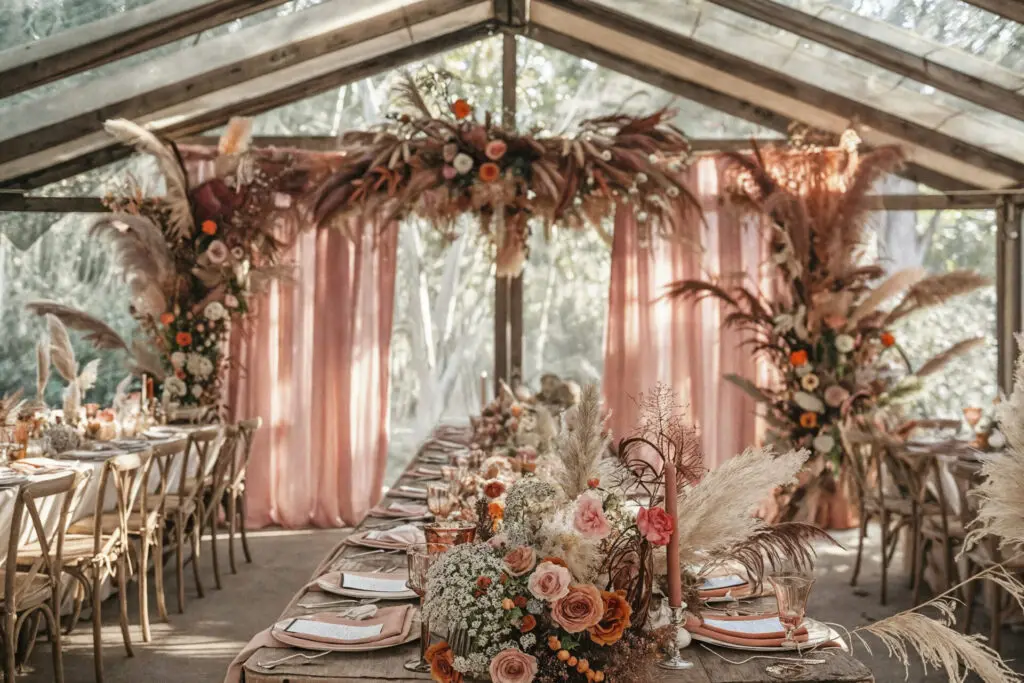
Fine Art Photography: Photographers create images as a form of artistic expression. Fine art photographers explore themes, concepts, and emotions through their work, pushing the boundaries of traditional photography. 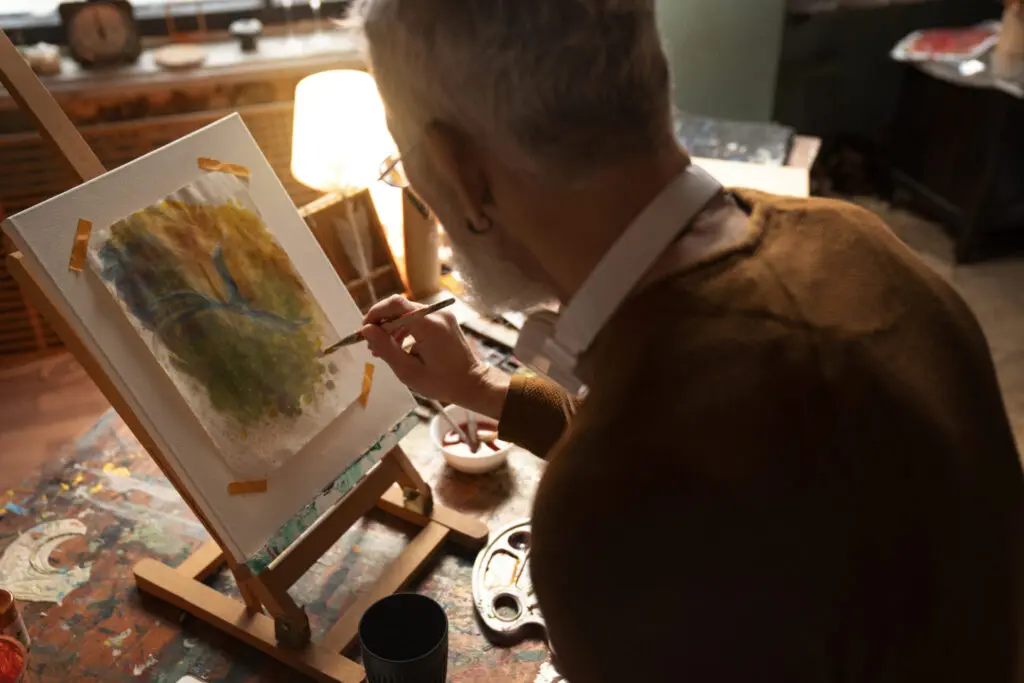
Education and Training: Photographer Salary
Does Formal Education Matter?
Formal education and training can also impact a photographer’s salary. Photographers who have a degree in photography or a related field tend to earn higher salaries than those who are self-taught. This is because formal education provides a solid foundation in photography techniques, business practices, and marketing strategies.
Photographers who have attended workshops, conferences, and other training sessions tend to earn higher salaries due to their updated skills and knowledge. However, it’s worth noting that formal education is not the only path to success in photography. Many successful photographers are self-taught and have built their skills through experience and practice.
Portfolio Quality
Importance of a Strong Visual Portfolio
A photographer’s portfolio quality can also impact their salary. A strong visual portfolio that showcases a photographer’s best work can attract higher-paying clients and increase their earning potential. Photographers who have a well-curated portfolio that demonstrates their expertise and style tend to earn higher salaries than those who have a weak or unprofessional portfolio.
Photographers who have portfolios that are easy to explore and show a wide variety of their work often earn more money. However, photographers whose portfolios are confusing or lack a consistent style may struggle to attract clients who are willing to pay higher rates.
Networking Skills
Networking and building professional relationships can greatly influence how much a photographer earns. When photographers establish a solid network of contacts within the industry, they often see higher salaries.
This is because having a strong network gives them access to more job opportunities, referrals from other professionals, and chances to collaborate on projects. The more connections a photographer has, the more opportunities they have to increase their income and grow their career in photography.
Business and Marketing Skills: The Ability to Sell Yourself
A photographer’s income can depend a lot on how well they handle business and marketing. When photographers can promote themselves and their work effectively, they usually make more money. This means more people can see their work and hire them. It’s important for photographers to be active online, sharing their best work and connecting with potential clients.
Creating interesting content that catches people’s attention is key. Also, having a clear plan to find clients who value their work enough to pay well is important. By mastering these skills like being visible online, sharing great photos, and knowing how to find the right clients photographers can increase their earnings and build a strong reputation in the photography world. This combination of business savvy and marketing know-how helps photographers stand out and succeed in a competitive industry.
Specialized Skills and Equipment
Having special skills and equipment can make a big difference in how much money a photographer earns. For example, photographers who are skilled in using drones or creating virtual reality images often earn more because these skills are in high demand and not everyone can do them.
Photographers who have expensive, high-quality equipment or access to special gear also tend to earn more money. This is because they can work more efficiently and produce better-quality photos. On the other hand, photographers who don’t have these special skills or equipment might find it harder to compete with others and may not be able to charge as much for their work.
Job Satisfaction and Work-Life Balance: Photographer Salary
Finally, job satisfaction and work-life balance can also impact a photographer’s salary. Photographers who are satisfied with their work and have a good work-life balance tend to earn higher salaries due to their increased productivity and creativity.
Photographers who have a sense of purpose and fulfillment in their work tend to earn higher salaries due to their motivation and drive. Conversely, photographers who are unhappy or unfulfilled in their work may struggle to earn a decent income and may rely on external factors to drive their income.
Conclusion
Determining a photographer’s salary is not just about their skills, experience, or portfolio. Many intangible and tangible factors can impact a photographer’s earning potential, including industry trends, location, level of experience, type of photography, education, portfolio quality, networking, business and marketing skills, specialized skills and equipment, and job satisfaction and work-life balance. By understanding these factors, photographers can take steps to increase their earning potential and build a successful and fulfilling career.
Comfortable Photography Vest To Consider in 2024
Photographers know it takes extreme focus, imagination, and commitment to get the ideal shot. Yet, the discomfort of carrying equipment frequently takes our focus and energy away. Traditional camera straps can hurt your shoulders, big bags can tire you out,…
Powerful Figma Tips and Tricks to Boost Your Workflow in 2024
As a designer, it's crucial to keep updated with the latest design tools like Figma. Figma has grown a lot and now has many features to help you work faster and create better designs. In this article, we'll share powerful…
Powerful Benefits Why Figma is used for web design
Figma has taken the world of web design by storm, and for good reason! This powerful tool has revolutionized the way designers work, making it easier to collaborate, create, and innovate. This article explores why Figma is valuable for web…
The Remarkable Impact of Marketing on Consumer Decisions
In today’s fast-moving, digital world, the impact of marketing has a big effect on how we make decisions. Social media, influencers, and ads tailored just for us are everywhere, giving marketers plenty of ways to influence what we decide. But…
5 Professional Iphone Settings For Photography
As a photographer, you’re probably aware that having the right settings on your iPhone can make all the difference between a good photo and a great one. With the constant evolution of camera technology and the ever-improving capabilities of the iPhone camera, it’s essential to understand how to optimize your device for the best possible results. In this article, we’ll explore five professional iPhone settings for photography that will take your mobile photography to the next level.
Optimizing Your iPhone’s Camera
Overview
Optimizing your iPhone’s camera involves maximizing its capabilities to capture high-quality photos and videos across various settings and conditions. As one of the leading smartphone cameras in the market, iPhones offer a range of features and functionalities designed to enhance photography experiences. From adjusting basic settings like exposure and focus to utilizing advanced features such as HDR, Portrait Mode, Night Mode, and Live Photos, optimizing your iPhone’s camera allows you to achieve professional-level results directly from your mobile device.
Understanding how to navigate and leverage these iphone settings effectively empowers photographers to capture detailed landscapes, stunning portraits with blurred backgrounds, vibrant low-light scenes, and dynamic moments with motion and sound. Moreover, optimizing your iPhone settings camera involves experimenting with different shooting techniques, understanding composition principles, and utilizing editing tools to refine and enhance your photographs. By mastering these aspects, you can elevate your mobile photography skills, unlock creative possibilities, and consistently produce compelling visual content that resonates with viewers.
How to do it: - iPhone Setting > Camera app > By default the iPhone camera app is set to auto adjust, which can sometimes result in unwanted changes to your camera settings.
- To prevent this, go to Settings > Camera and toggle off the “Auto Adjust” feature. This will allow you to manually set your camera settings, giving you more control over your photos.
- Another important setting to adjust is the camera mode.
3. The iPhone settings camera offers three modes: Photo, Video, and Square. Photo mode is ideal for capturing high-quality still images, while Video mode is better for recording video. Square mode is perfect for capturing Instagram-style photos with a 1:1 aspect ratio. Experiment with each mode to see which one suits your photography needs best.
So these settings, it’s also essential to consider the camera resolution. The iPhone settings offers three resolution options 0.5 MP, 4 MP, and 12 MP. A higher resolution can result in better image quality, but it may also increase the file size and storage requirements. For most photography needs, the 12 MP resolution is sufficient, but you can experiment with the other options to find what works best for you.
ProRAW and Resolution Control: iPhone setting
ProRAW and resolution control are advanced features offered by Apple in their iPhone cameras, designed to give photographers greater control and flexibility in capturing and editing high-quality images.
ProRAW: ProRAW is a format that combines the benefits of RAW files with the computational photography features of iPhones. It allows photographers to capture images with more data and detail, offering greater flexibility in post-processing.
Resolution Control: iPhones provide users with options to control the resolution of their photos. This feature allows photographers to choose between different resolutions—such as 0.5 MP, 4 MP, and 12 MP—depending on their specific needs.
Exposure and Brightness
Lighting is really important in photography. With the iPhone, you can control two main things that affect how your pictures look: exposure and brightness.
Exposure decides how bright or dark your photo is overall. You can change exposure by swiping up or down in the camera app. If it’s bright outside, you might want to increase exposure to capture more detail in your photo, like during a sunset. In low-light situations, lowering exposure helps prevent your photo from looking too bright.
Brightness, on the other hand, adjusts the color tone of your photos. In the camera app, swipe up to find brightness options: natural, warm, and cool. Natural keeps colors neutral, while warm adds a bit of warmth and cool makes colors cooler. Each setting gives your photos a different vibe, so try them out to see which one fits your style best. Adjusting exposure and brightness helps you get the perfect shot in any lighting conditions.
Mastering Focus and Zoom for Sharp Images: iPhone Setting
Focus and zoom are two essential iPhone settings for capturing sharp images on your iPhone. The iPhone setting offers two focus modes autofocus and manual focus. Autofocus is the default setting, which automatically adjusts the focus based on the object in your frame. Manual focus, on the other hand, allows you to set the focus yourself.
To use manual focus, open the camera app and pinch your fingers on the screen to zoom in on the area you want to focus on. You can then adjust the focus by sliding your finger up or down. This is especially useful when shooting portraits or close-up shots, where precise focus is critical.
The iPhone also offers two zoom options, digital zoom and optical zoom. Digital zoom is the default setting, which enlarges the center of the image while cropping the edges. Optical zoom, on the other hand, uses the iPhone’s camera lens to zoom in on the subject, maintaining the original image quality. Optical zoom is available on the latest iPhone models, including the iPhone 11 and later.
HDR to Enhance Your Photos
HDR (High Dynamic Range) is a feature that combines multiple exposures to create a single image with improved contrast and color. The iPhone offers two HDR options: HDR Auto and HDR On. HDR Auto is the default setting, which automatically enables HDR when the camera detects a high-contrast scene. HDR On, on the other hand, allows you to manually enable HDR for any scene.
To use HDR, open the camera app and go to Settings > Camera > HDR. Toggle on the “HDR” switch to enable the feature. HDR is especially useful when shooting landscapes, cityscapes, or any scene with high contrast. It can help to capture more detail in the shadows and highlights, resulting in a more visually appealing image.
One important thing to note about HDR is that it may not work in all situations. if you’re shooting in low-light conditions, HDR may not produce the desired results. Additionally, HDR can sometimes introduce artifacts or unnatural colors, especially when shooting moving subjects. Experiment with HDR to see how it improves your photos, and adjust your settings accordingly.
Taking Advantage of Night Mode for Low-Light: iPhone setting
Night mode is a feature that allows you to capture high-quality images in low-light conditions. The iPhone settings offers two night mode options, Night mode and Low Light mode. Night mode is the default setting, which automatically enables when the camera detects low light. Low Light mode, on the other hand, allows you to manually enable night mode for any scene.
To use night mode, open the camera app and go to iPhone Settings > Camera > Night Mode. Toggle on the “Night Mode” switch to enable the feature. Night mode is especially useful when shooting in dimly lit environments, such as restaurants or at night. It can help to reduce noise and capture more detail in the shadows, resulting in a more visually appealing image.
One important thing to note about night mode is that it may not work in all situations. For example, if you’re shooting in extremely low-light conditions, night mode may not produce the desired results. Night mode can sometimes introduce motion blur or objects, especially when shooting moving subjects. Experiment with night mode to see how it improves your low-light photos, and adjust your settings accordingly.
Editing Your iPhone Photos for Professional Results
While the iPhone setting camera offers many professional-grade, editing is an essential step in post-processing that can make or break the quality of your photos. The iPhone offers a range of editing tools, including the Photos app and third-party editing apps like Adobe Lightroom and Photoshop Express.
To edit your iPhone photos, open the Photos app and select the photo you want to edit. You can then adjust the brightness, contrast, and saturation using the sliders at the bottom of the screen. You can also apply filters and effects using the buttons at the top of the screen.
To the built-in editing tools, there are many third-party editing apps available that offer advanced editing features, such as layers, masking, and color grading. Experiment with different editing apps and techniques to find what works best for you and your photography style.
Conclusion
Tweaking your iPhone settings camera can greatly improve how your photos turn out. By adjusting things like exposure how light or dark your photo is, brightness, focus what’s sharp and clear in the picture, zoom, and HDR which balances light and dark areas, you can capture pictures that look as good as ones taken with fancy cameras used by professionals. After you take photos with your iPhone, you can make them even better by using the built-in Photos app or other apps made for editing pictures. These apps let you adjust colors, sharpness, and other details to make your photos look more polished.
By practicing and trying different settings and editing techniques, you’ll learn how to use your iPhone’s camera to its fullest potential. This will help you take photos that stand out and improve your mobile photography skills over time.












